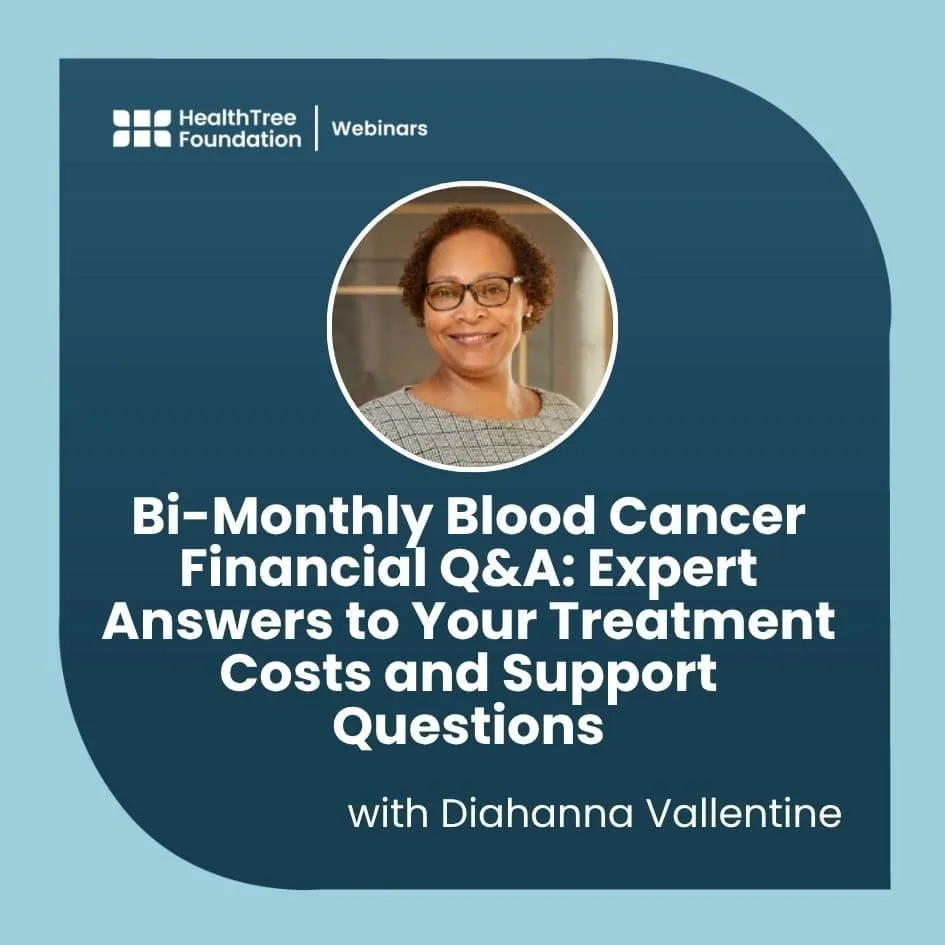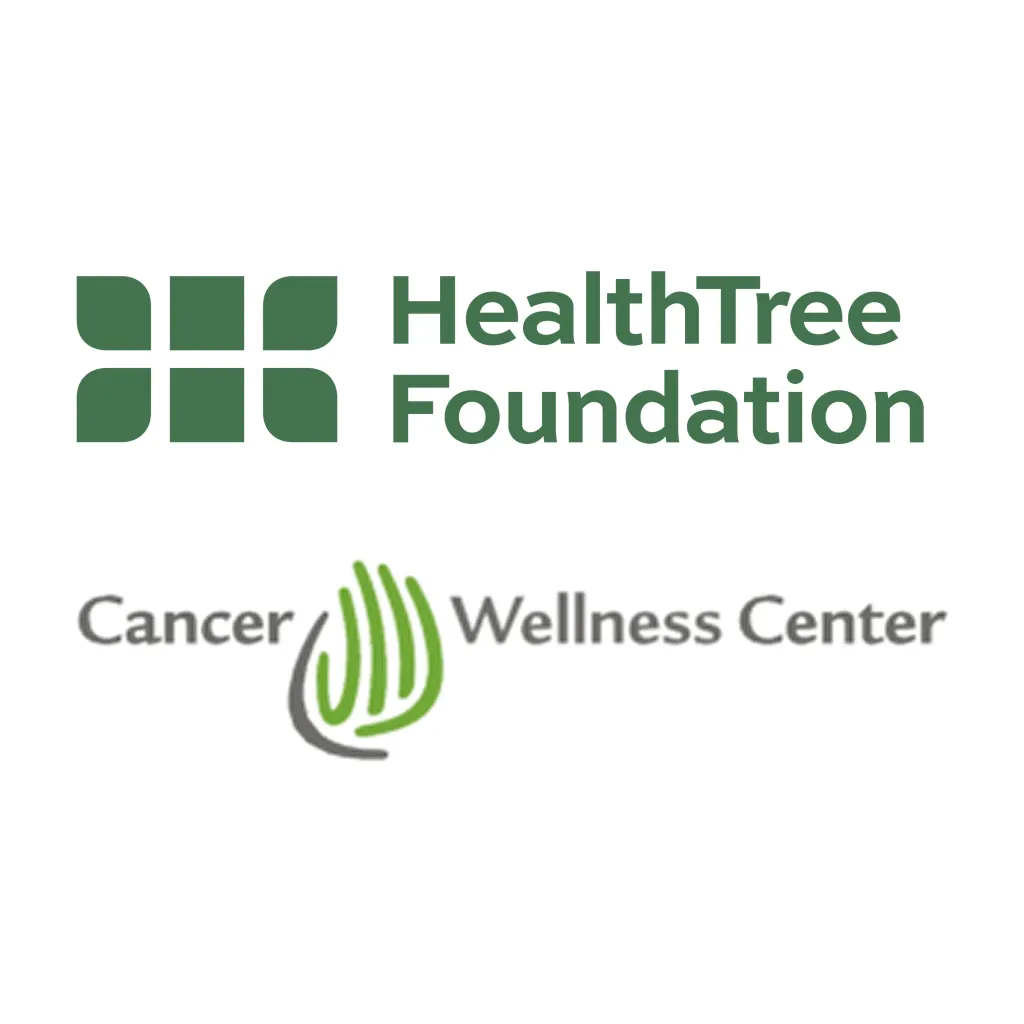Oncology Clinical Pathways….What Patients Should Know

BY JIM OMEL In myeloma we have a multitude of potential treatments for each phase of our disease, and have thankfully now come far beyond the days of Melphalan and Prednisone. How do doctors decide which treatment course to suggest for us? Our general state of health, lab values, aggressiveness of disease, patient preferences, and many other considerations certainly enter into the decision. It is highly likely that yet another factor, often totally unknown to patients, might influence a doctor’s treatment plan. It is estimated that 75% of patients are wholly unaware of a new approach to systemized cancer care delivery called Clinical Pathways. Clinical Pathways can be defined as multidisciplinary care plans which provide specific guidance on the sequencing of care steps and the timeline of interventions. They are intended to provide quality care and reduce costs. Oncology pathways balance the considerations of clinical efficacy, safety, cost, toxicities, and scientific advances. The purpose of this paper is not to tell you that pathways are right or wrong, but that they exist. It is quite possible that your myeloma doctor’s current or future treatment decisions on your care will be influenced by the existence of Clinical Pathways. Your treatment course may be enhanced by your doctor’s plan to keep you on a well-defined approach to your care. Pathways are not typically made publicly available. Pathway developers limit transparency regarding the production and testing of their product. Patients are rarely involved in Clinical Pathway development or evaluation, a fact which concerns many oncology experts. Patient advocates have raised concern about lack of choice under some pathways and lack of transparency regarding quality, toxicities, and cost considerations. It is possible that financial incentives, described below, may negatively impact your treatment choice and reduce your access to innovative treatment options. At a minimum patients should be aware that Clinical Pathway guides exist and that these pathways may influence their care. Providers and third-party vendors are the principal developers of pathways. Currently at least six oncology pathway companies (vendor organizations) in the United States are actively marketing their services to insurers. Payers are the primary users of Clinical Pathways, which are meant to improve quality of care and reduce costs. Payer organizations deploying pathways use various incentives to foster compliance by physicians. One insurer, for instance, provides a $350 bonus payment per patient per month for adhering to suggested treatment pathways. Others tie financial incentives to meeting certain frequency usage of “preferred pathways” to organize care, such as a ‘suggestion’ that 80% of cancer patients be treated on pathways (explained below). One hospital system includes physician compliance rates in annual performance reviews to incentivize treating patients on pathways. Observers fear there has been a shift from caring for the patient to caring for the pathway and this trend is eroding the patient-doctor relationship and overall quality of cancer care. Clinical Pathways are not a sinister plot by vendors or payers to take advantage of patients. On the contrary, they offer payers the chance to attain cost savings by increasing use of less expensive treatments, and may actually improve care for patients treated by oncologists who are not myeloma experts. Three years ago a myeloma specialist friend told me he had recently seen a patient whose local doctor started his myeloma treatment with Vincristine, Adriamycin, and dexamethasone. VAD is a woefully outdated treatment for myeloma which I received in 1997! Consider how much better that patient would have been served if his physician had followed a modern Oncology Clinical Pathway for myeloma, using novel agents (IMIDs and PIs). Clinical Pathways are firmly established for the major cancers of breast, prostate, lung and colon. The significant cost of myeloma drugs makes our cancer a prime target for pathway development. Adoption and usage of pathways vary from practice to practice. Your myeloma doctor may, or certainly may not, utilize suggested pathways for your treatment. Every myeloma patient is unique and each treatment plan must be individualized. Blind adherence to Clinical Pathways can be detrimental because patients have individual variability and deserve autonomy. Complete concordance with pathways is unreasonable, undesirable, and potentially unsafe, and there has to be significant allowance for outliers. Oncologists have the flexibility to treat up to 20% of patients off pathway and still qualify as program-compliant with most payers. A reasonable estimate of acceptability for physician pathway adherence is 80%. In other words, eighty percent of patients with a given cancer should be expected to be treated by pathway guidance, and 20% can be treated off pathway for any number of reasons including pre-existing co-morbidities. Patient choice is an appropriate justification for pathway non-concordance. Many oncologists have deep reservations about Clinical Pathways, and a number of challenges and concerns have arisen within the USA. Their proliferation has created a burden for some oncology practices. An informal survey by ASCO (American Society of Clinical Oncology) showed that up to 86 percent of the respondents using clinical oncology pathways said that pathways limit treatment options. There was concern raised by many [ASCO] members about compliance with multiple pathways in their practice—some oncologists reported they had to adhere to eight or more pathways for exactly the same type and stage of cancer, with different payers putting forth different requirements. This leads to variability within pathways, lack of transparency, conflict of interest, and unsustainable administrative burdens related to a multitude of oncologic pathways. ASCO is playing a supportive role to review, evaluate, and develop pathway criteria and content, and has developed 9 recommendations for clinical pathway development and implementation for oncology. Clinical pathways can be extremely valuable in oncology, and should serve to balance the considerations of clinical efficacy, safety, cost, toxicities, and scientific advances. Everyone needs assurance however, that these pathways are benefitting all the stakeholders involved in the cancer care continuum—the provider, the payer, and most importantly, the patient.
BY JIM OMEL In myeloma we have a multitude of potential treatments for each phase of our disease, and have thankfully now come far beyond the days of Melphalan and Prednisone. How do doctors decide which treatment course to suggest for us? Our general state of health, lab values, aggressiveness of disease, patient preferences, and many other considerations certainly enter into the decision. It is highly likely that yet another factor, often totally unknown to patients, might influence a doctor’s treatment plan. It is estimated that 75% of patients are wholly unaware of a new approach to systemized cancer care delivery called Clinical Pathways. Clinical Pathways can be defined as multidisciplinary care plans which provide specific guidance on the sequencing of care steps and the timeline of interventions. They are intended to provide quality care and reduce costs. Oncology pathways balance the considerations of clinical efficacy, safety, cost, toxicities, and scientific advances. The purpose of this paper is not to tell you that pathways are right or wrong, but that they exist. It is quite possible that your myeloma doctor’s current or future treatment decisions on your care will be influenced by the existence of Clinical Pathways. Your treatment course may be enhanced by your doctor’s plan to keep you on a well-defined approach to your care. Pathways are not typically made publicly available. Pathway developers limit transparency regarding the production and testing of their product. Patients are rarely involved in Clinical Pathway development or evaluation, a fact which concerns many oncology experts. Patient advocates have raised concern about lack of choice under some pathways and lack of transparency regarding quality, toxicities, and cost considerations. It is possible that financial incentives, described below, may negatively impact your treatment choice and reduce your access to innovative treatment options. At a minimum patients should be aware that Clinical Pathway guides exist and that these pathways may influence their care. Providers and third-party vendors are the principal developers of pathways. Currently at least six oncology pathway companies (vendor organizations) in the United States are actively marketing their services to insurers. Payers are the primary users of Clinical Pathways, which are meant to improve quality of care and reduce costs. Payer organizations deploying pathways use various incentives to foster compliance by physicians. One insurer, for instance, provides a $350 bonus payment per patient per month for adhering to suggested treatment pathways. Others tie financial incentives to meeting certain frequency usage of “preferred pathways” to organize care, such as a ‘suggestion’ that 80% of cancer patients be treated on pathways (explained below). One hospital system includes physician compliance rates in annual performance reviews to incentivize treating patients on pathways. Observers fear there has been a shift from caring for the patient to caring for the pathway and this trend is eroding the patient-doctor relationship and overall quality of cancer care. Clinical Pathways are not a sinister plot by vendors or payers to take advantage of patients. On the contrary, they offer payers the chance to attain cost savings by increasing use of less expensive treatments, and may actually improve care for patients treated by oncologists who are not myeloma experts. Three years ago a myeloma specialist friend told me he had recently seen a patient whose local doctor started his myeloma treatment with Vincristine, Adriamycin, and dexamethasone. VAD is a woefully outdated treatment for myeloma which I received in 1997! Consider how much better that patient would have been served if his physician had followed a modern Oncology Clinical Pathway for myeloma, using novel agents (IMIDs and PIs). Clinical Pathways are firmly established for the major cancers of breast, prostate, lung and colon. The significant cost of myeloma drugs makes our cancer a prime target for pathway development. Adoption and usage of pathways vary from practice to practice. Your myeloma doctor may, or certainly may not, utilize suggested pathways for your treatment. Every myeloma patient is unique and each treatment plan must be individualized. Blind adherence to Clinical Pathways can be detrimental because patients have individual variability and deserve autonomy. Complete concordance with pathways is unreasonable, undesirable, and potentially unsafe, and there has to be significant allowance for outliers. Oncologists have the flexibility to treat up to 20% of patients off pathway and still qualify as program-compliant with most payers. A reasonable estimate of acceptability for physician pathway adherence is 80%. In other words, eighty percent of patients with a given cancer should be expected to be treated by pathway guidance, and 20% can be treated off pathway for any number of reasons including pre-existing co-morbidities. Patient choice is an appropriate justification for pathway non-concordance. Many oncologists have deep reservations about Clinical Pathways, and a number of challenges and concerns have arisen within the USA. Their proliferation has created a burden for some oncology practices. An informal survey by ASCO (American Society of Clinical Oncology) showed that up to 86 percent of the respondents using clinical oncology pathways said that pathways limit treatment options. There was concern raised by many [ASCO] members about compliance with multiple pathways in their practice—some oncologists reported they had to adhere to eight or more pathways for exactly the same type and stage of cancer, with different payers putting forth different requirements. This leads to variability within pathways, lack of transparency, conflict of interest, and unsustainable administrative burdens related to a multitude of oncologic pathways. ASCO is playing a supportive role to review, evaluate, and develop pathway criteria and content, and has developed 9 recommendations for clinical pathway development and implementation for oncology. Clinical pathways can be extremely valuable in oncology, and should serve to balance the considerations of clinical efficacy, safety, cost, toxicities, and scientific advances. Everyone needs assurance however, that these pathways are benefitting all the stakeholders involved in the cancer care continuum—the provider, the payer, and most importantly, the patient.
about the author
Jennifer Ahlstrom
Myeloma survivor, patient advocate, wife, mom of 6. Believer that patients can contribute to cures by joining HealthTree Cure Hub and joining clinical research. Founder and CEO of HealthTree Foundation.
More on Navigating Your Health
Trending Articles




Get the Latest Multiple Myeloma Updates, Delivered to You.
By subscribing to the HealthTree newsletter, you'll receive the latest research, treatment updates, and expert insights to help you navigate your health.















